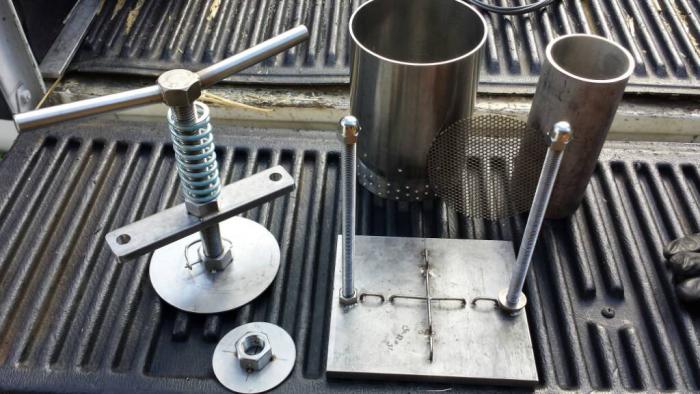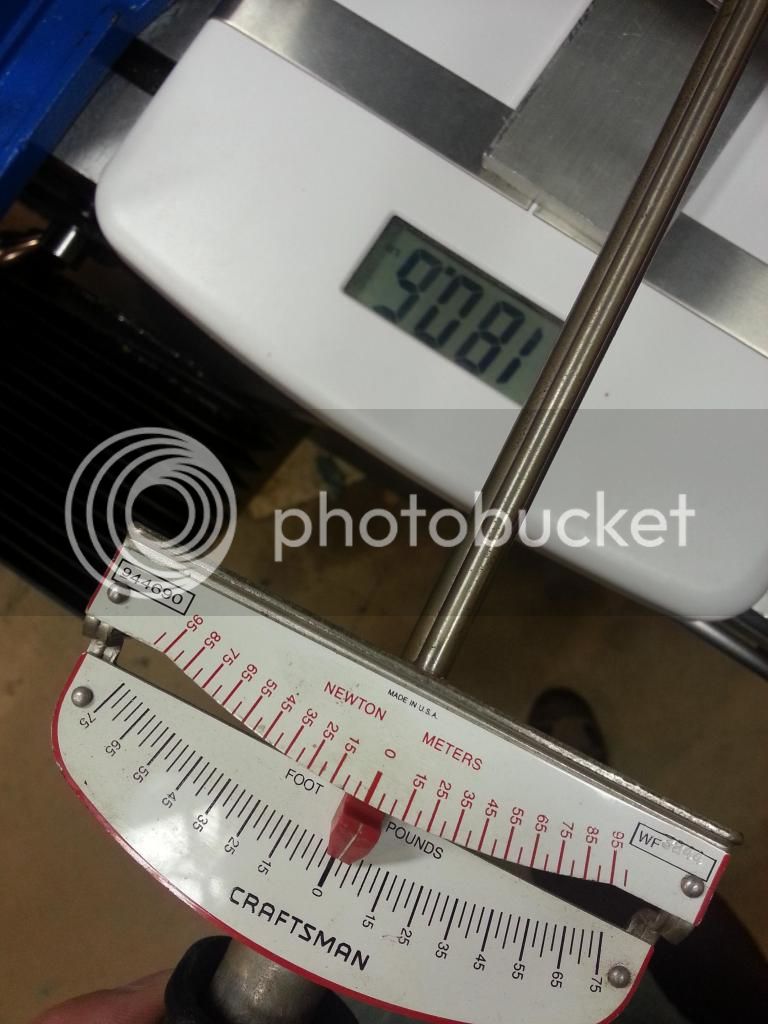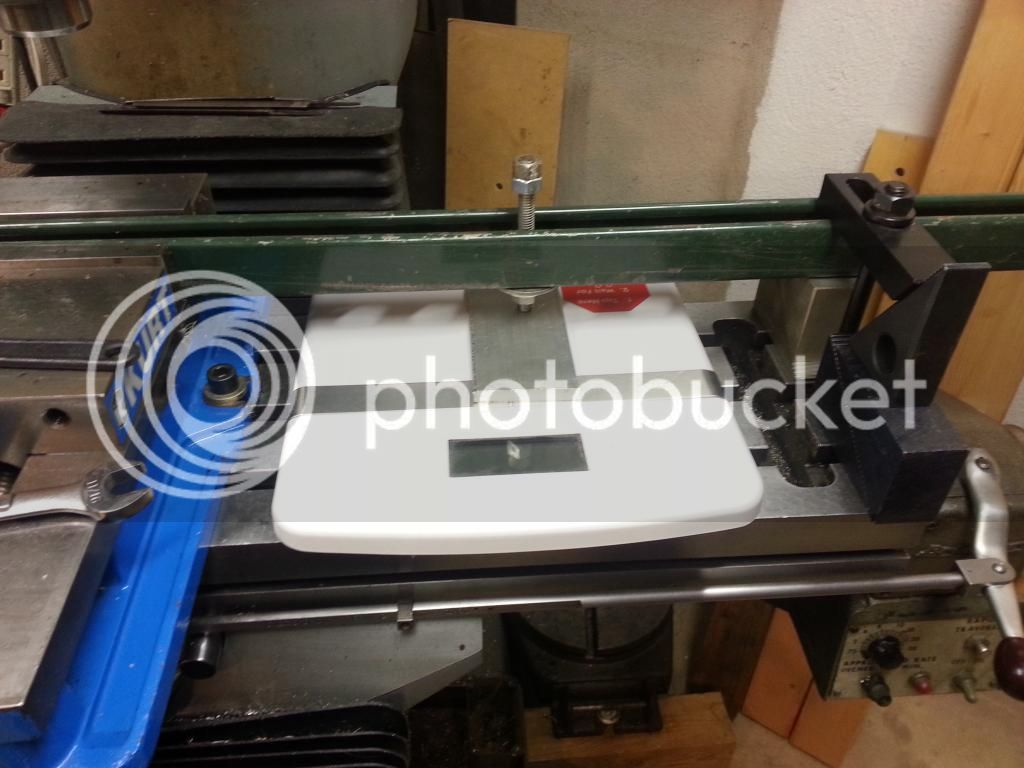The screw thread acts to multiply the force applied in much the same way as a lever.
For a 1/2" UNC thread, with 13 TPI, and a nominal radius of 1/4", when advancing the thread by one turn, a point on the threads will move 1.57" (2*pi*radius), while the thread advances 1/13" i.e. ~1/20th of the distance the thread moves. Work = force * distance, and work in = work out, and the distance is divided by ~20. This means that the force applied to the edges of the thread is multiplied by ~20, so 1 lbf applied to the edges of thread to rotate it turns into 20 lbf applied along the threaded bar (minus some frictional losses). This pretty much lines up with what you say about applying over 50 lbf by hand on the bolt, as I'm sure you can apply a few pounds of twisting force with thumb and forefinger.
The torque required to turn the thread is the force applied parallel to the threads at the radius of the threads, i.e. the force at a radius of 1/4", so 1 ft.lbf is equal to 48 lbf applied at 1/4".
So theoretically, 1 ft.lbf torque on the thread would turn into 960 lbf applied along the axis of the threaded bar. Friction reduces this significantly.





















![Craft A Brew - Safale S-04 Dry Yeast - Fermentis - English Ale Dry Yeast - For English and American Ales and Hard Apple Ciders - Ingredients for Home Brewing - Beer Making Supplies - [1 Pack]](https://m.media-amazon.com/images/I/41fVGNh6JfL._SL500_.jpg)










































